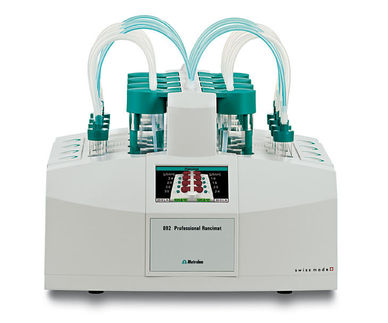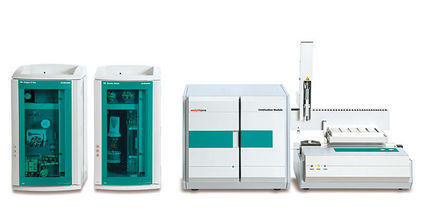To use all functions of this page, please activate cookies in your browser.
my.chemeurope.com
With an accout for my.chemeurope.com you can always see everything at a glance – and you can configure your own website and individual newsletter.
- My watch list
- My saved searches
- My saved topics
- My newsletter
Lung counter
Product highlightA Lung counter is a system consisting of a radiation detector, or detectors, and associated electronics that is used to measure radiation emitted from radioactive material that has been inhaled by a person and is sufficiently insoluble as to remain in the lung for weeks, months or years. Often, such a system is housed in a low background counting chamber whose thick walls will be made of steel (~20 cm thick) and will be lined with ~1 cm of lead, then perhaps thin layers of cadmium, or tin, with a final layer of copper. The purpose of the lead, cadmium (or tin) and copper is to reduce the background in the low energy region of a gamma spectrum (typically less than 200 keV) CalibrationAs a lung counter is primarily measuring radioactive materials that emit low energy gamma rays or x-rays, the phantom used to calibrate the system must be anthropometric. An example of such a phantom is the Lawrence Livermore National Laboratory Torso Phantom. See also
|
| This article is licensed under the GNU Free Documentation License. It uses material from the Wikipedia article "Lung_counter". A list of authors is available in Wikipedia. |







